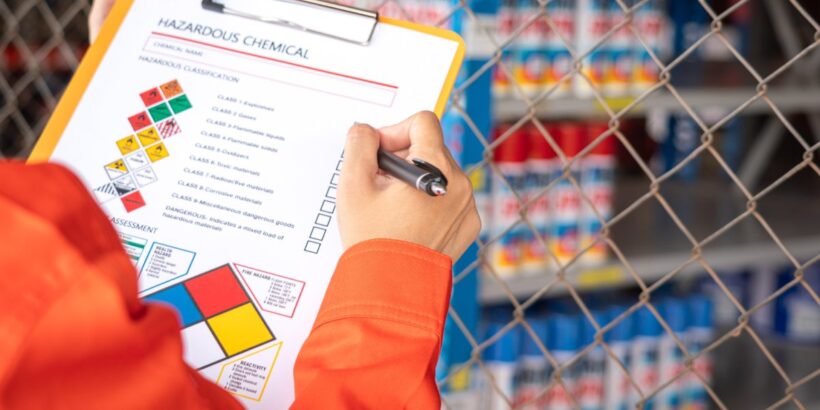Solvent and chemical storage affects safety, efficiency, and long-term operational integrity. Without thoughtful organization and proper containment, businesses risk costly spills, exposure incidents, and the degradation of valuable materials.
From industrial operations to laboratories, everyone working with hazardous substances must adopt strategies to mitigate risks and preserve product quality. The following five practices provide actionable improvements grounded in safety standards and real-world application.
Use Compatible Containers for Every Chemical
Each chemical demands a container designed for its specific properties. Storing corrosive acids in metal drums leads to reactions that damage equipment and release harmful vapors. Polyethylene containers resist corrosion and perform well with many acids and bases, while flammable solvents require certified safety cans made from coated metal.
Never reuse containers without confirming compatibility. Even trace residues from previous contents can spark violent reactions. Always label containers with the full chemical name, concentration, and hazard class using legible, weather-resistant labels.
Install Ventilation and Leak Detection Systems
Fumes from volatile solvents create fire and health hazards in enclosed spaces. Local exhaust ventilation (LEV) systems pull vapors away from storage areas and prevent vapor accumulation near ignition sources. Install continuous gas monitors where pressurized cylinders or high-emission solvents are stored. Modern sensors detect low-concentration leaks before they become dangerous.
For facilities using specialty gases, proper ventilation ensures worker safety and extends product life. Gases play various roles, such as preserving food quality and maintaining food safety, so storage reliability cannot lapse. Proper ventilation, monitoring, and pressure-rated containment are essential ways to improve solvent and chemical storage for operations relying on compressed or volatile gases.
Separate Incompatibles With Physical Barriers
Segregate oxidizers, flammables, acids, and bases using fire-rated cabinets or separate storage rooms. Storing bleach near ammonia introduces the risk of toxic chloramine gas. Use bonded storage cabinets equipped with self-closing doors, spill containment, and proper venting.
Label each cabinet based on chemical family to prevent accidental cross-contamination during busy work shifts. Wall-mounted charts showing common incompatibilities reinforce good habits and make training easier for new employees.
Maintain Climate Control for Sensitive Materials
Temperature fluctuations degrade solvents and reduce their shelf life. Store temperature-sensitive materials in climate-controlled rooms set to manufacturer-recommended conditions.
High humidity can corrode steel containers and compromise seals, while excessive heat accelerates chemical breakdown. Install thermometers and hygrometers to track environmental conditions continuously.
Use automatic alerts to warn staff when temperatures or humidity exceed safe thresholds. Controlling variables protects both the chemical integrity and the longevity of your equipment.
Label, Organize, and Audit Inventory Regularly
Improvised storage systems breed confusion and mistakes. Use clearly labeled shelves, color-coded storage bins, and consistent organization schemes across all departments. Assign specific zones for incoming, active, and expired materials, and conduct monthly audits to identify leaking containers, expired products, or improper labeling.
Also, train staff to spot signs of container degradation early, such as swelling, rust, or fading labels, and remove compromised items from active use. When teams implement ways to improve solvent and chemical storage, they build a culture of precision, responsibility, and safety.
Safe and efficient solvent and chemical storage requires constant vigilance and specific infrastructure. From selecting compatible containers to implementing ventilation systems, every step contributes to a safer, more productive environment. Professionals working with specialty gases and hazardous materials can’t afford shortcuts. Instead, invest in smart practices that build confidence and minimize long-term risks.
